Volunteer Stories: Saving Scotland’s Red Squirrels in Aberdeen
The Scottish Wildlife Trust couldn’t achieve its goals without the hard work and dedication of volunteers, donating their valuable knowledge, skills and time over the past six decades. As we celebrate 60 years of championing Scotland’s wildlife, this blog series will share stories from just a few of the hundreds of Trust volunteers who are making a difference today.
Saving Scotland’s Red Squirrels in Aberdeen
Since 2009, Saving Scotland’s Red Squirrels (a partnership project led by Scottish Wildlife Trust and currently supported by Scottish Government’s Nature Restoration Fund, managed by NatureScot along with project partners) has been working to ensure red squirrels continue to be a part of Scotland’s special native wildlife.
While 75% of the UK’s remaining red squirrels are found in Scotland, their numbers have fallen drastically in recent decades. This is largely due the spread of the invasive non-native grey squirrel (first introduced by people in the late 1800s) which outcompetes reds for food and habitat. Some grey squirrels also carry squirrelpox, a virus that doesn’t harm them but is deadly to reds.
In Aberdeen, the project has reduced grey squirrel numbers significantly and aims to achieve eradication of the genetically and geographically isolated “island population” of grey squirrels. Both the rural and urban control work carried out to date has been very successful, and as a result there has been a steady increase in red squirrels across Aberdeen, from major city parks to back gardens. The prospect of Aberdeen becoming a red squirrel only city is now very much within reach.
Volunteers are vital to the ground breaking work being achieved in Aberdeen, providing essential assistance to the SSRS staff team as they try to ascertain where the very low density of grey squirrels remain – an extremely challenging task! The project has positioned hundreds of feeder boxes throughout the city to capture hair samples, and up to 40 volunteers conduct bi-weekly surveys along their allocated route, visiting around 10 feeder boxes each time.
We’ve spoken to 6 feeder box volunteers and this is their collective story.
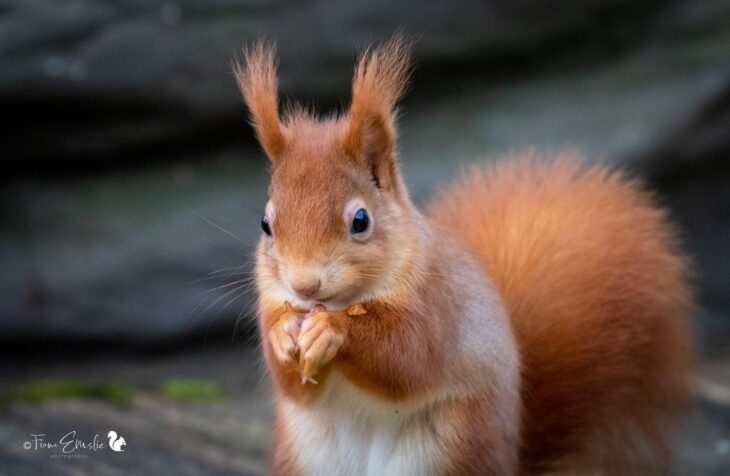
Lorraine McCoig, who has volunteered since 2021 says “at the beginning there were lots of grey hairs, (indicating the presence of grey squirrel activity), then there were no hairs, followed by exclusively red hairs”.
Louise & Steve Douglas who have undertaken a total of 39 surveys of their feeder boxes since late 2022 have a slightly different story; for the first 37 visits they found no evidence of any squirrels at all, but on the 38th “we finally had visible red hairs – proof that a red squirrel had visited our survey area!”
Keith Montgomery, who surveys 14 boxes along a 3 miles route which was, until very recently, a grey squirrel hotspot says: “My beat isn’t exactly a squirrel hot spot – for the first year I found no evidence of squirrels at all….and then a year ago, one of the sticky pads I checked had red hairs on it.”
All our volunteers are proud of the part they have played in this success story.
In addition to collecting information on squirrel populations, they feel that educating others is an important part of the project. Often the process starts with immediate friends and family.
Keith feels the time is right as “there is a genuine enthusiasm among the public for the project: people love squirrels! They seem to be really happy that the red squirrels are returning.”
Louise & Steve commented “Most of our friends and colleagues know about our volunteering and I know some of them have reported sightings on the SSRS website, so it’s great that we can help raise awareness of the work being done by SSRS and Scottish Wildlife Trust”
As a university lecturer teaching conservation/ecology Clare Trinder is in an ideal place to educate and the project is part of her university teaching.
Gillian King is known as an advocate for squirrels by those that know her and she wants to spread the word about red squirrels and inspire others.
Louise has gone even further and played Sandy the Squirrel as part of a promotional video for the project!
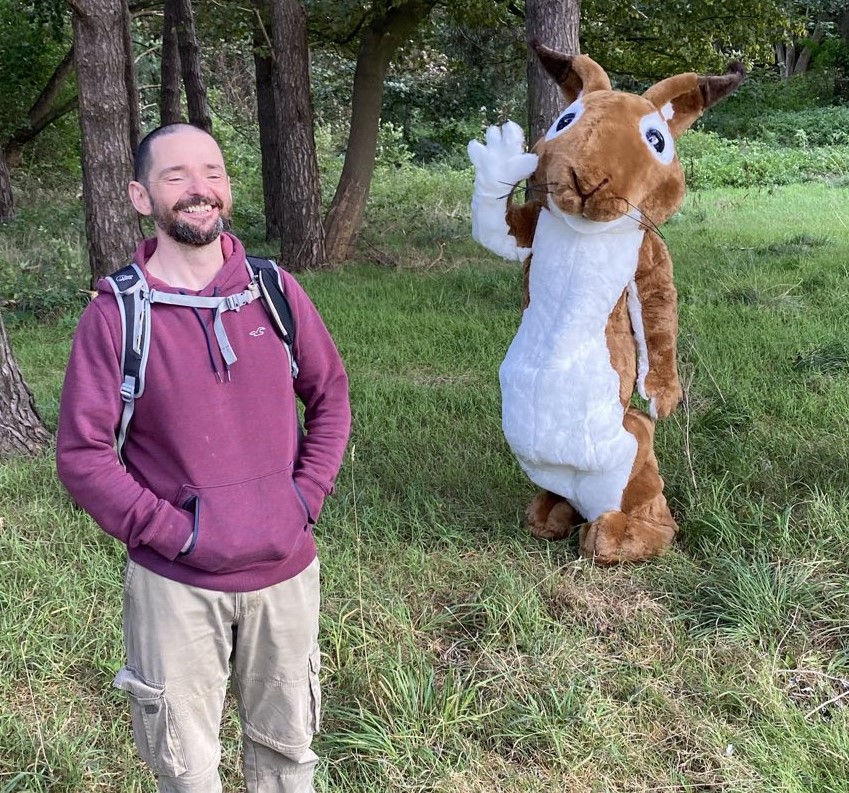
Covid has been a positive factor for some volunteers: it slowed down the pace of life and created an opportunity for them to concentrate on and explore their local area. This enjoyment of local walks and a deeper appreciation of the value of local surroundings created a perfect motivation for joining the project.
Volunteers have been full of praise for the project staff.
Lorraine says: “Emma & her team are amazing; they are quick to share results and it feels they are working hard behind the scenes to support volunteers”
Gillian wanted to offer a big ‘Thank You’ to local staff Emma & Marlow whom she feels support the volunteers well.
Last word goes to Keith: “If you had told me four years ago that I would take delight in all these things, I wouldn’t have believed it, but I have enjoyed the experience immensely”.
Keith Montgomery
Now retired, Keith was working as a retail manager when Covid hit and he was furloughed. He has volunteered with the project since Spring 2022.
“I noticed a poster for the Saving Scotland’s Red Squirrel project…This felt like a good fit for me – combining my growing interest in the nature around me and my enjoyment of walking”.
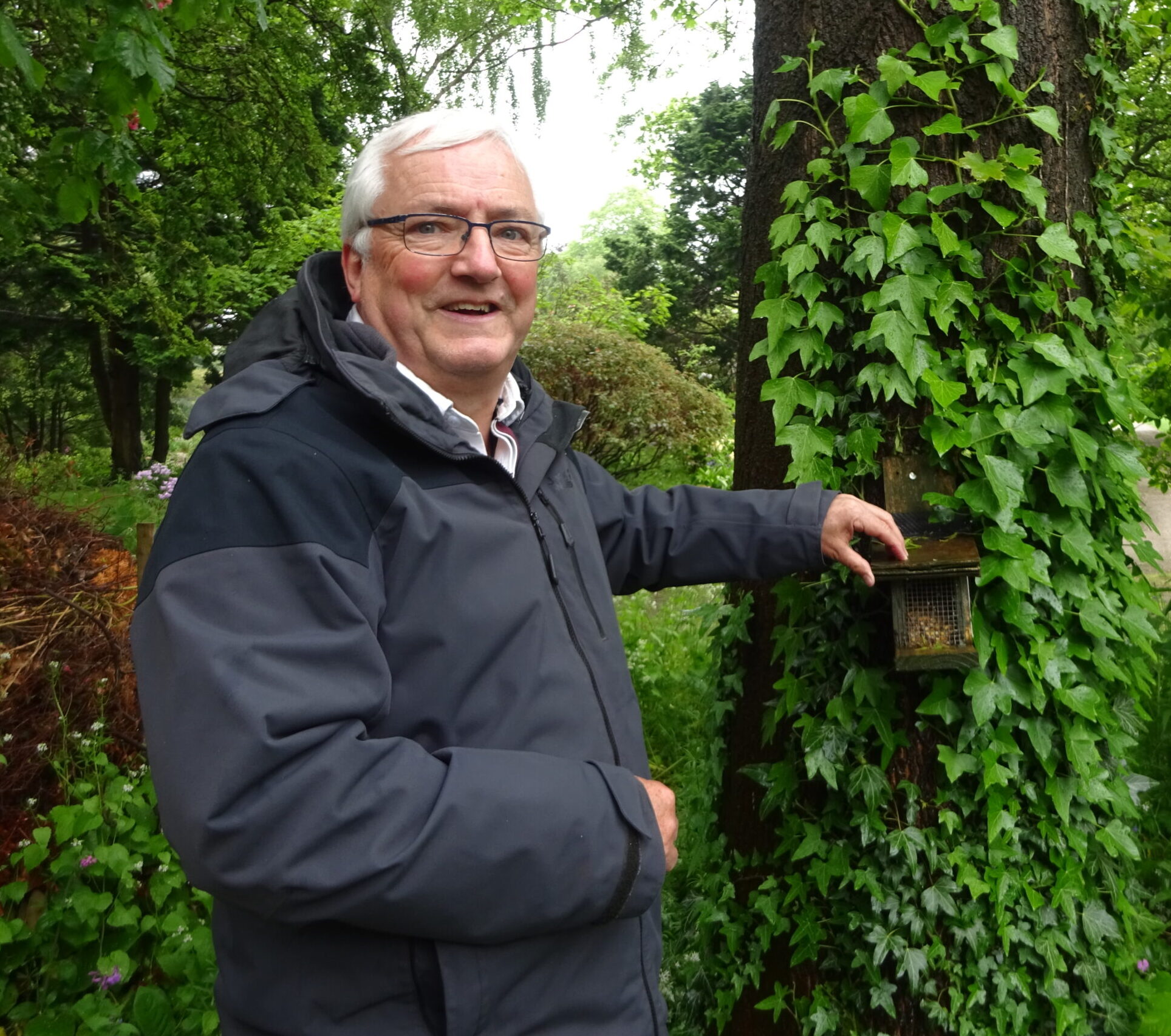
Louise & Steve Douglas
Louise is a technical writer & Steve an architect and both have been volunteering since late 2022. “We went for a walk to Hazlehead recently and saw red squirrels – the first time we’ve seen them in Aberdeen…it’s great to have played a small part in that.”
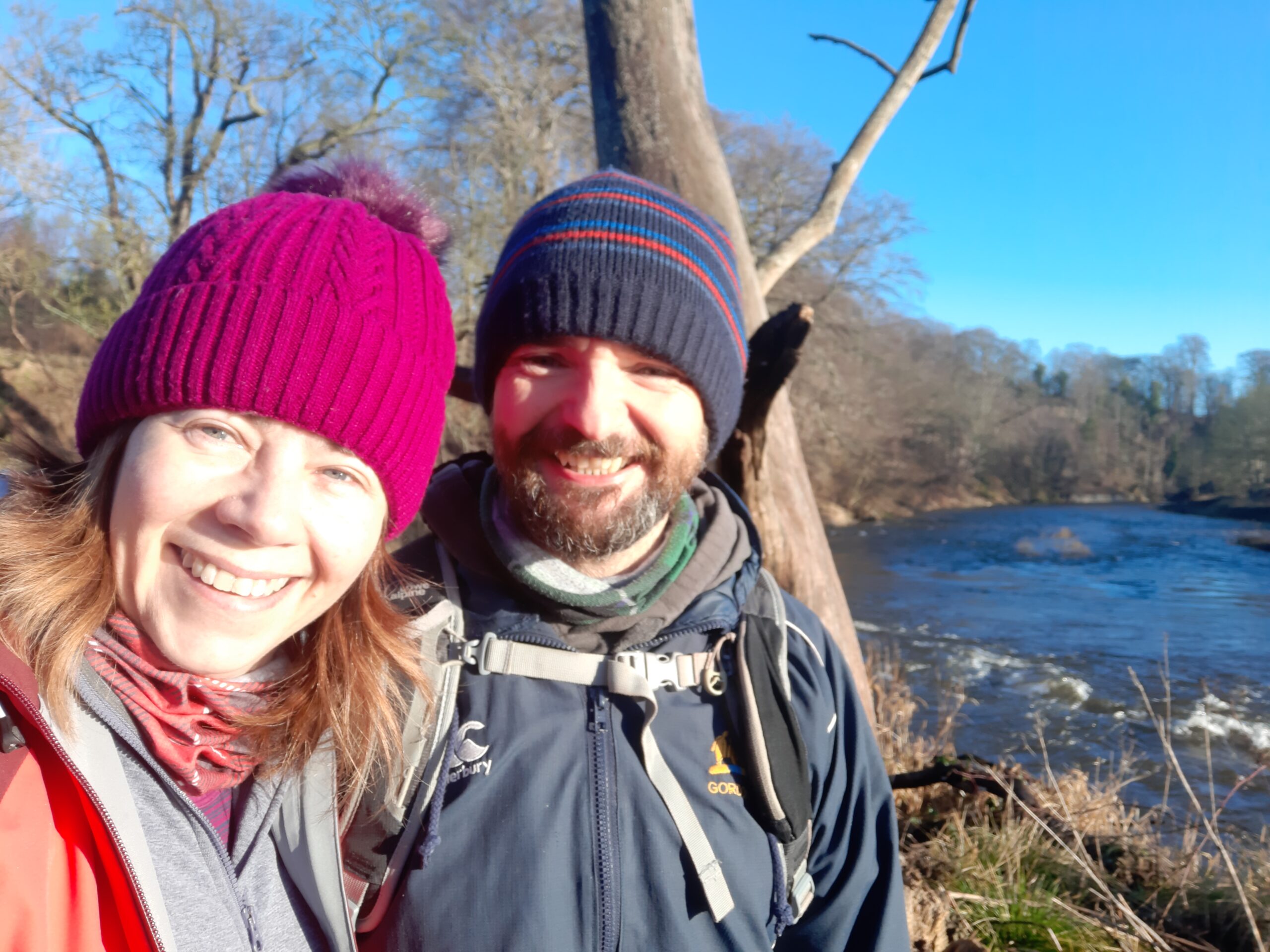
Gillian King
Gillian has spent years away working and travelling in Asia & the USA before returning to the UK in 2017. She has been volunteering since 2021. “I’m proud to play my part in the wider project and to understand how important red squirrels are to the environment”.
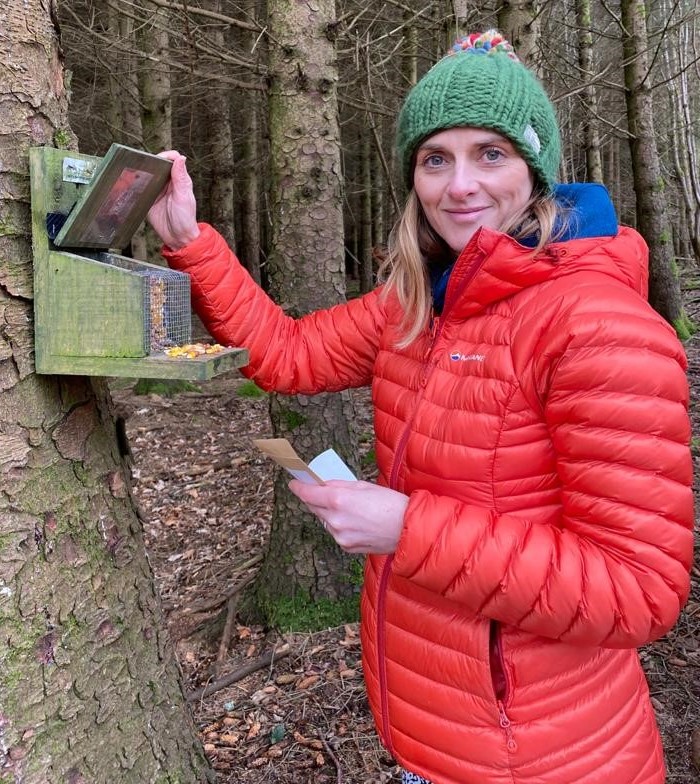
Lorraine McCoig
A physiotherapy assistant, Lorraine has lived in the Aberdeen area all her life and started volunteering with the project in July 2021. “It’s not a big ask to give up 2 hours every 2 weeks; the task needs to be done by volunteers as it’s such a big task to do the whole city.”
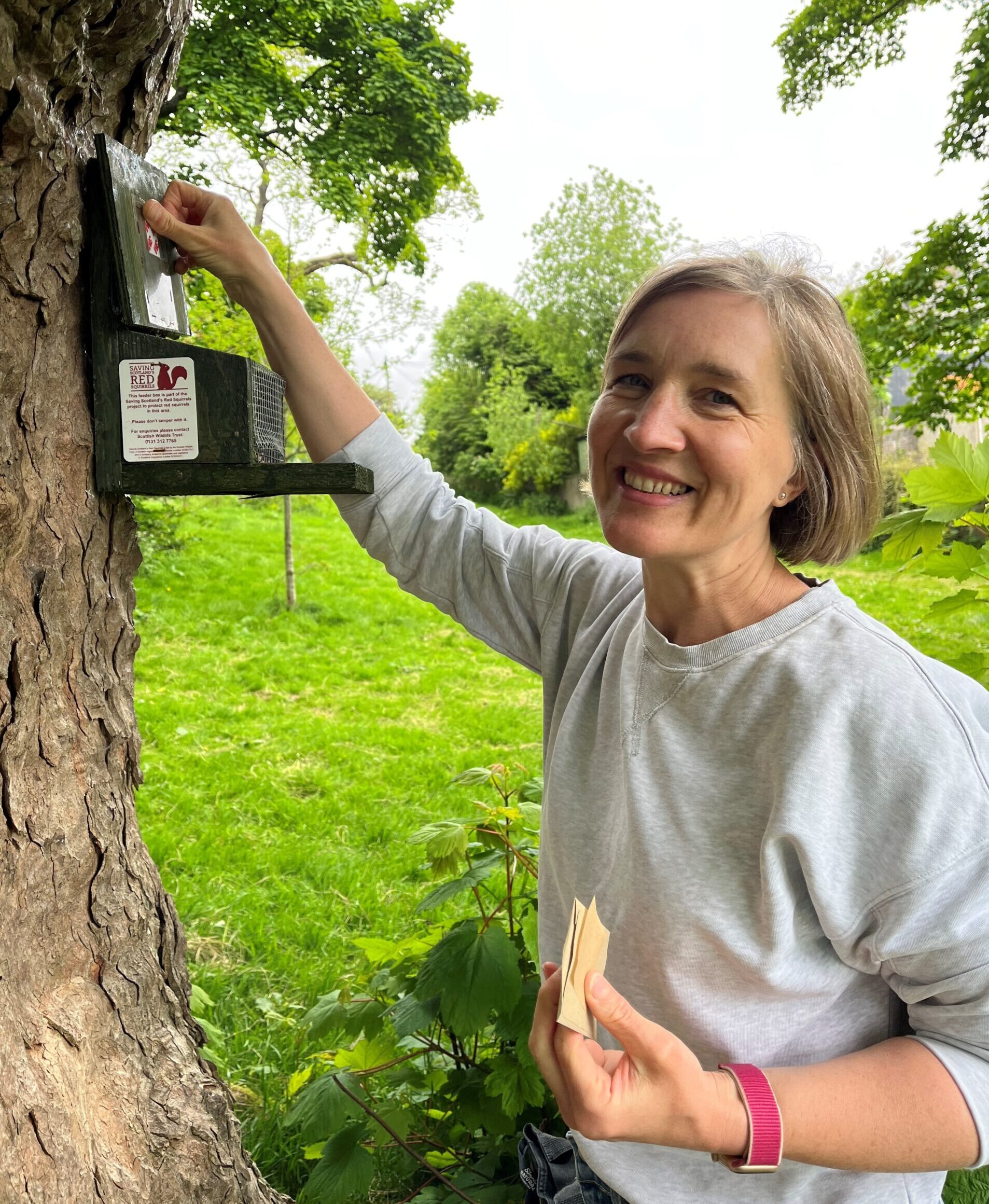
Clare Trinder
A university lecturer, Clare has been in Aberdeen for 20 years and volunteered with the project since summer 2022. “It’s very gratifying to see such a quick response with reds moving in to replace the greys. It’s for a good cause and what is there not to like?”
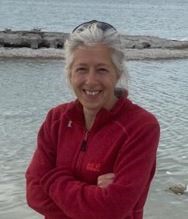
We hope you have enjoyed reading about the work of our red squirrel volunteers. If you are interested in further opportunities to help the project, they are advertised on the volunteer page of our website.
Saving Scotland’s Red Squirrels is co-ordinating landscape scale conservation efforts in key priority areas across the country to ensure red squirrels which are threatened by the spread of the invasive non native grey squirrel continue to be part of Scotland’s special native wildlife. The project is led by the Scottish Wildlife Trust in partnership with NatureScot, Scottish Forestry, RSPB Scotland, Scottish Land & Estates, Forestry and Land Scotland, Loch Lomond & The Trossachs National Park Authority, and Aberdeen City Council. The project is supported by the Scottish Government’s Nature Restoration Fund, managed by NatureScot, along with project partners.
For more information and to report your sightings of red and grey squirrels please visit: scottishsquirrels.org.uk.
Help protect Scotland’s wildlife
Our work to save Scotland’s wildlife is made possible thanks to the generosity of our members and supporters.
Join today from just £4 a month to help protect the species you love.
Preface
The Scottish Wildlife Trust couldn’t achieve its goals without the hard work and dedication of volunteers, donating their valuable knowledge, skills and time over the past six decades. As we …
